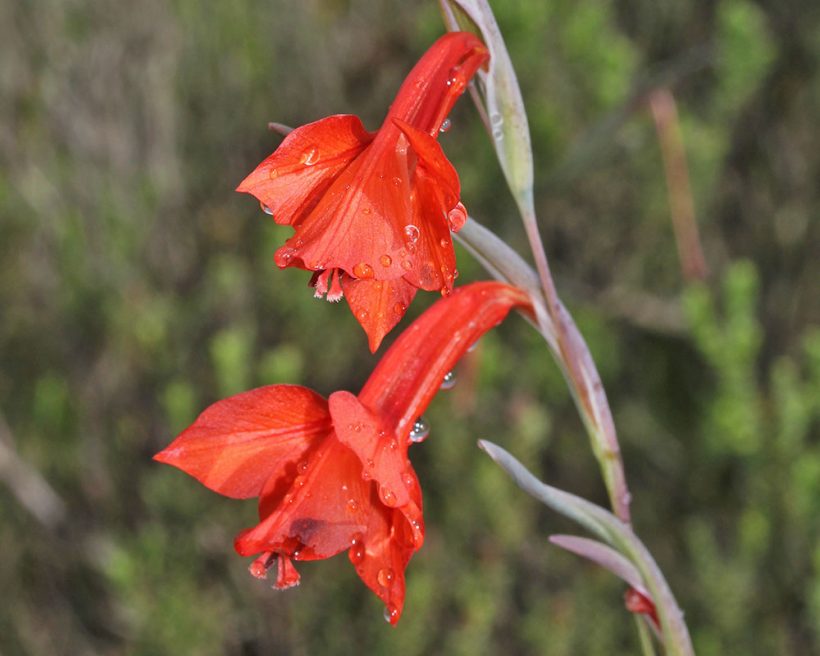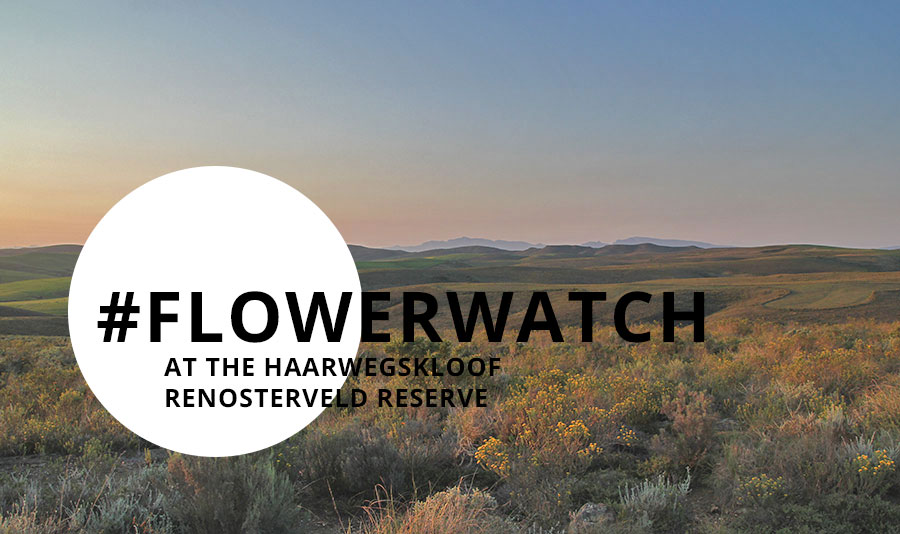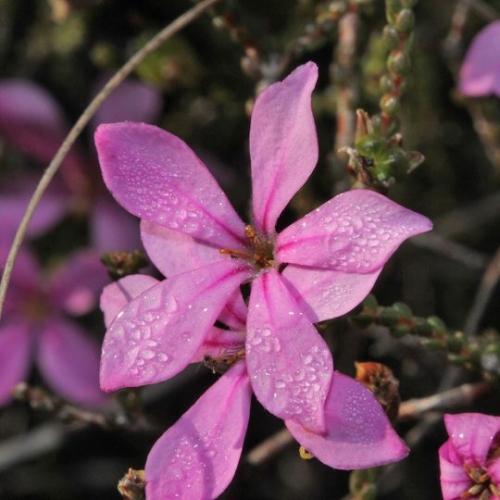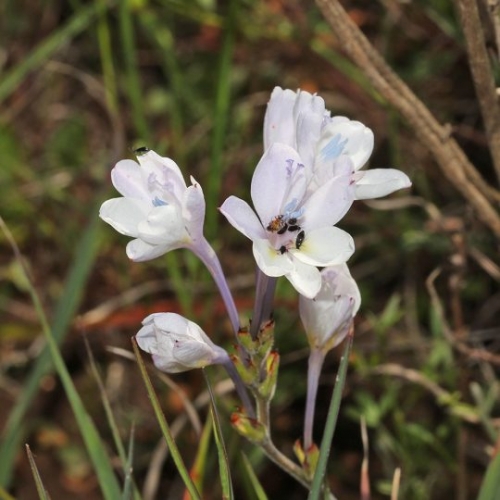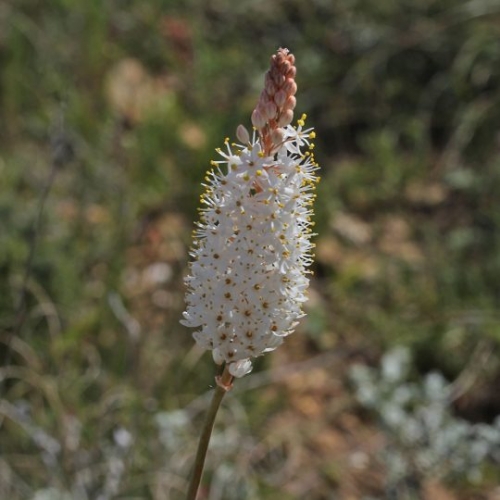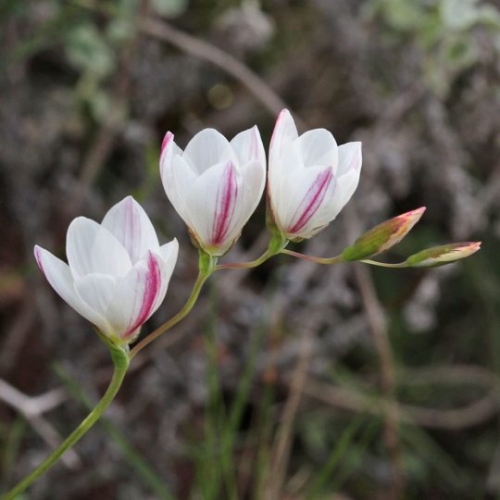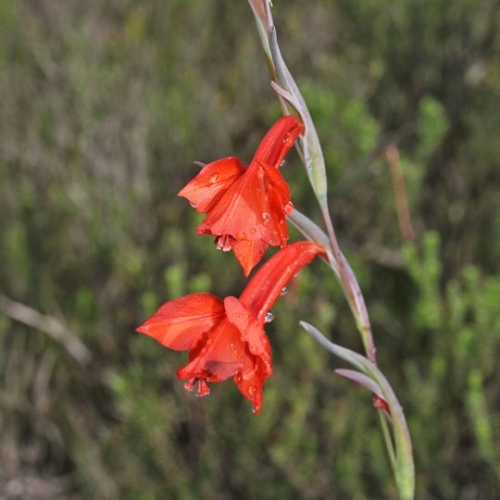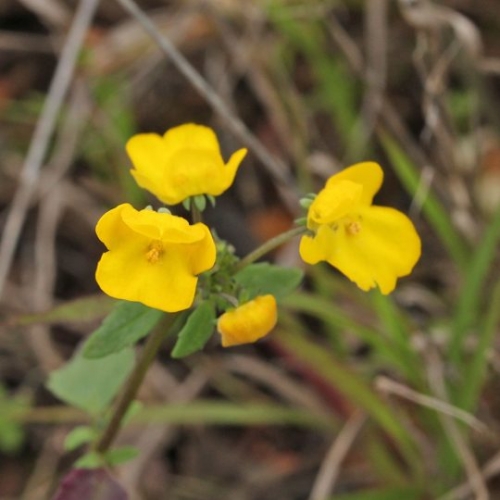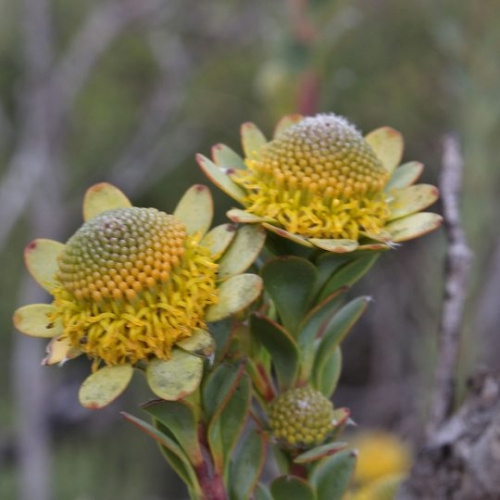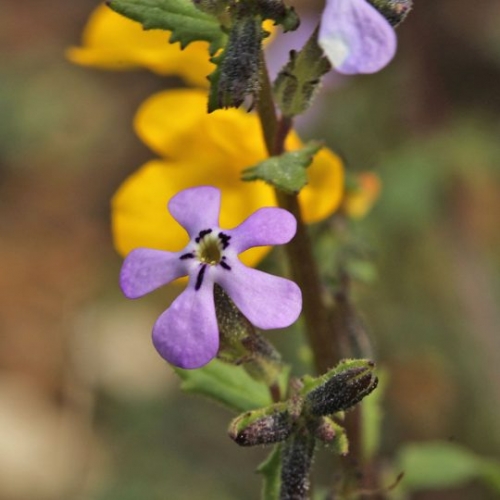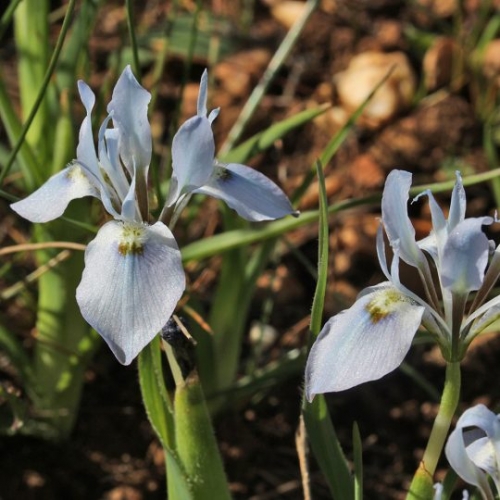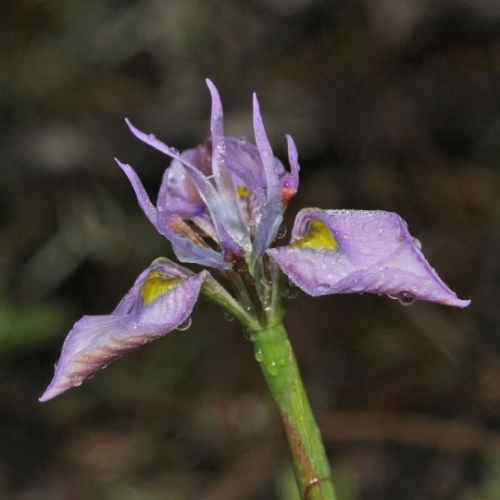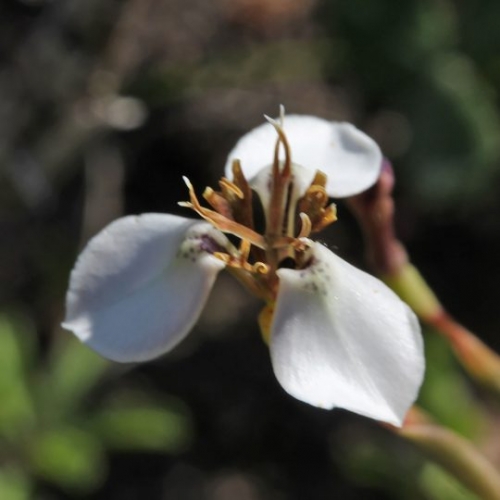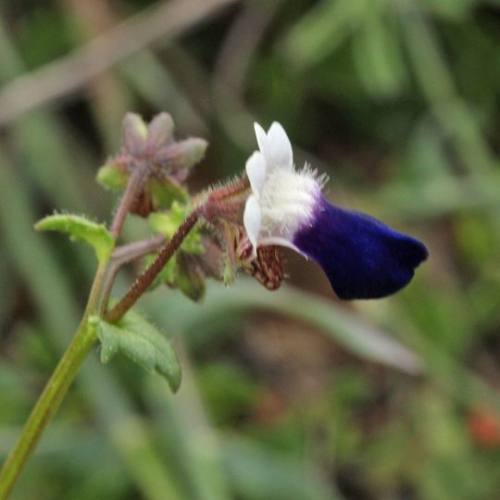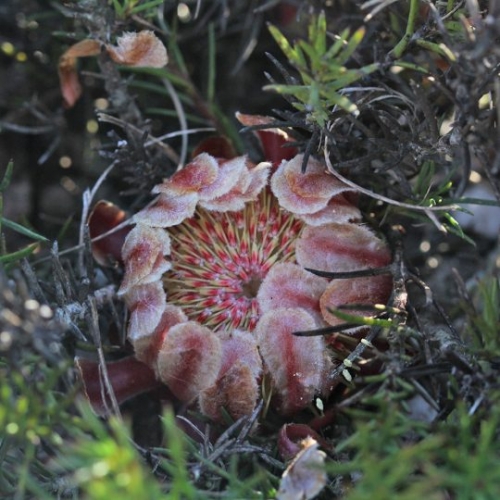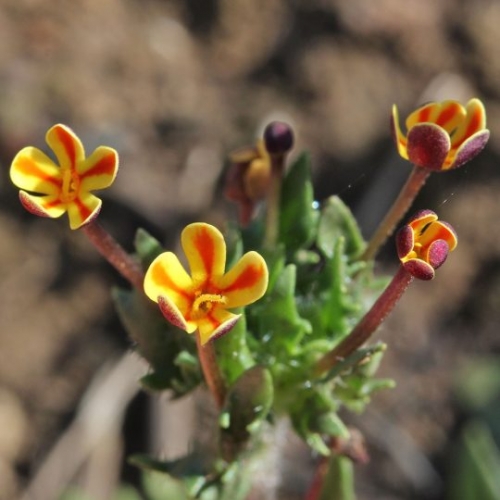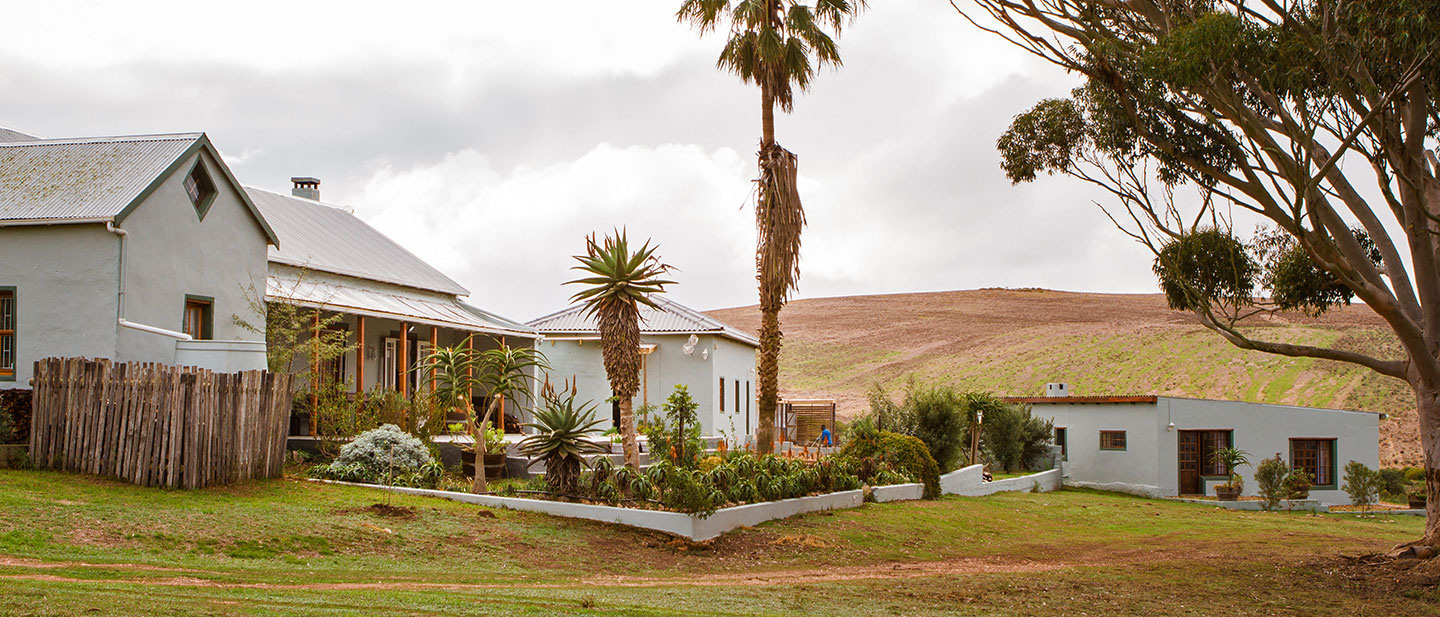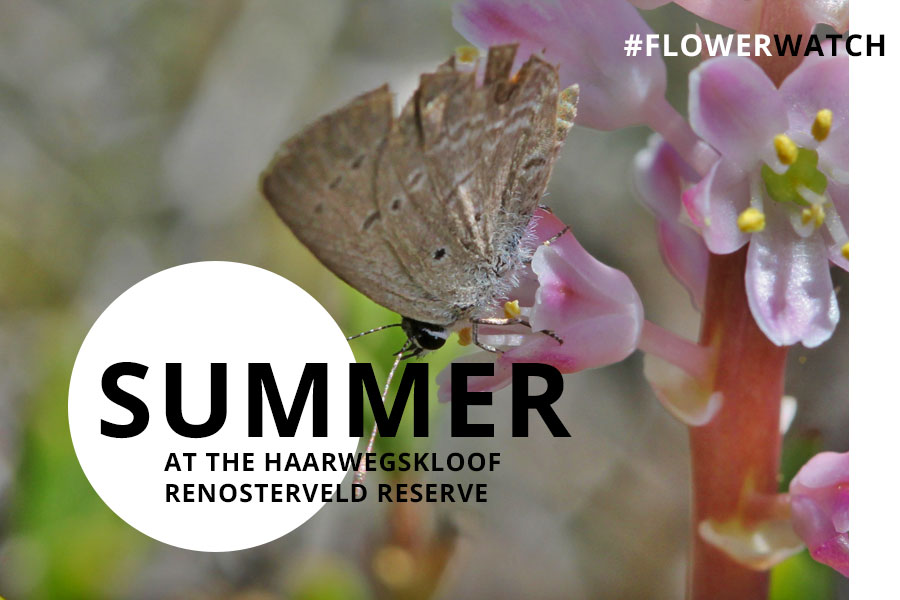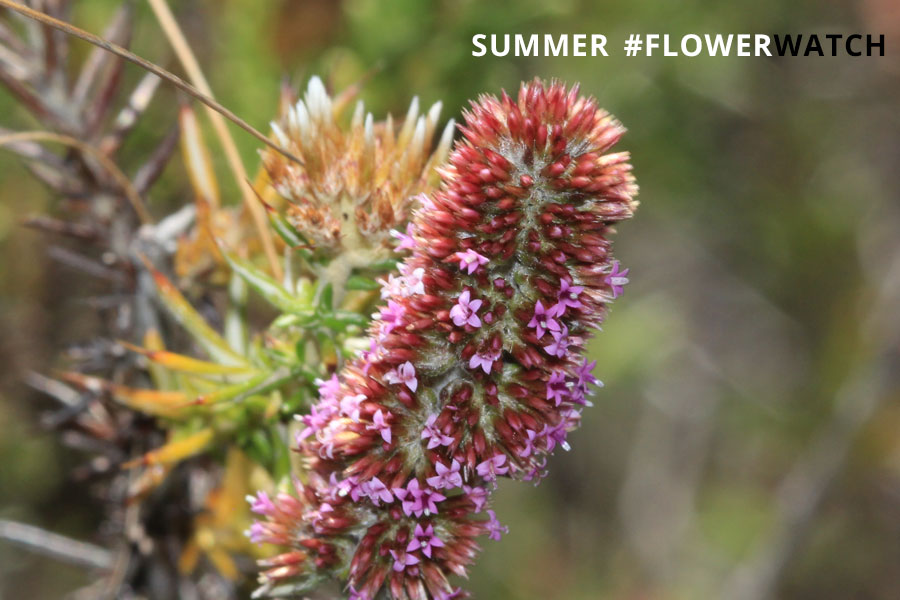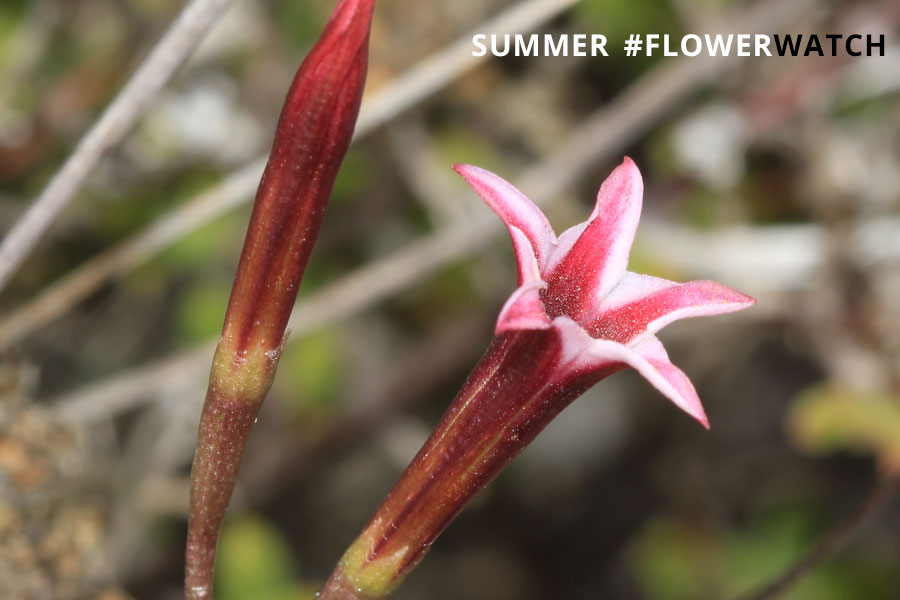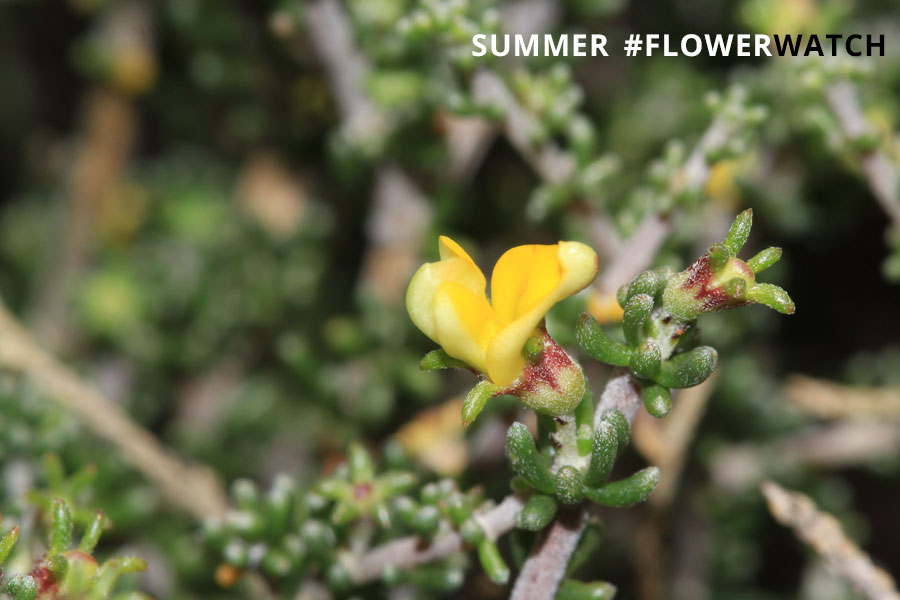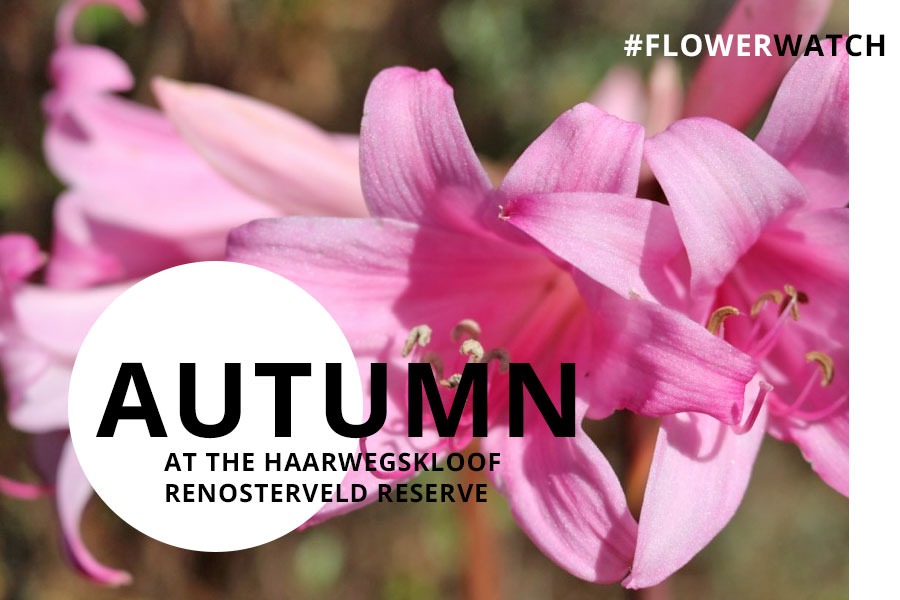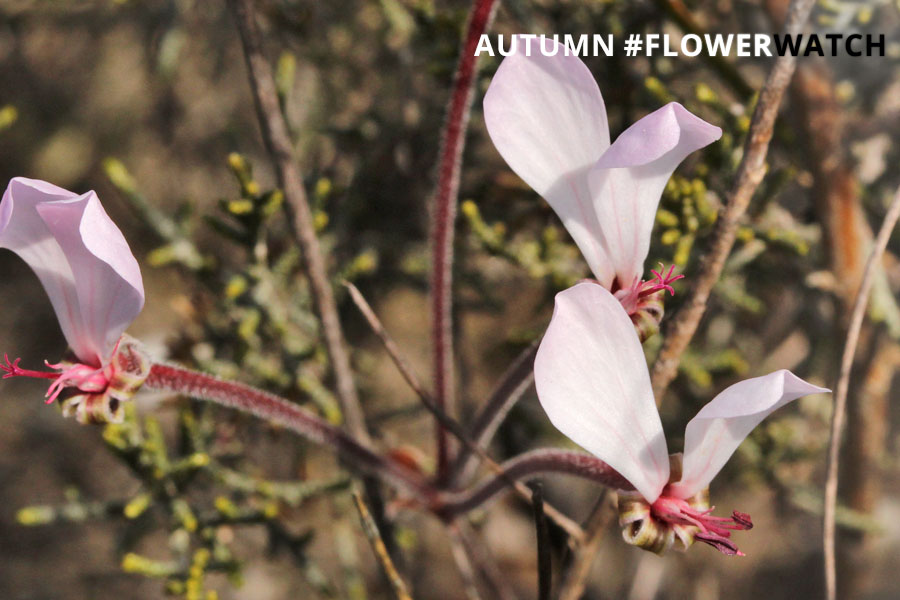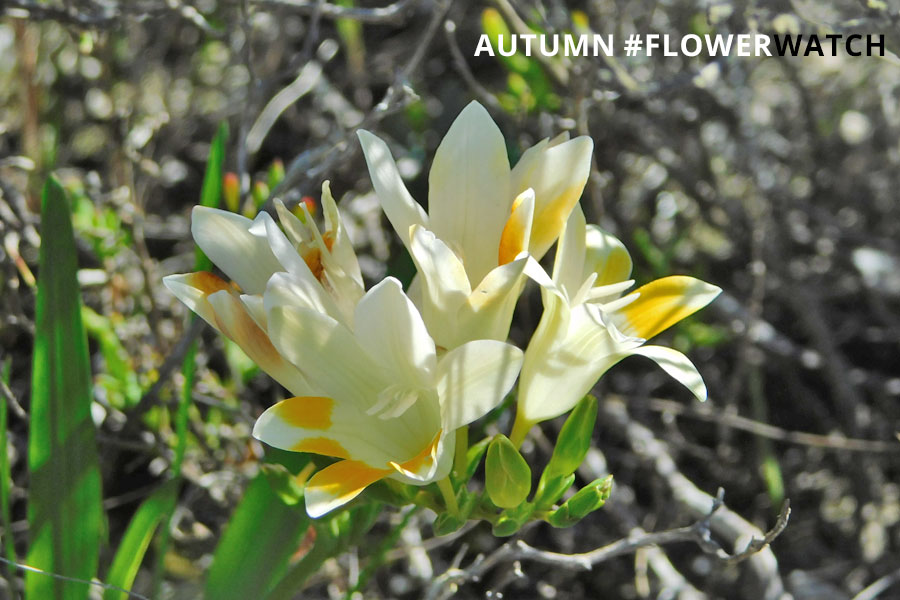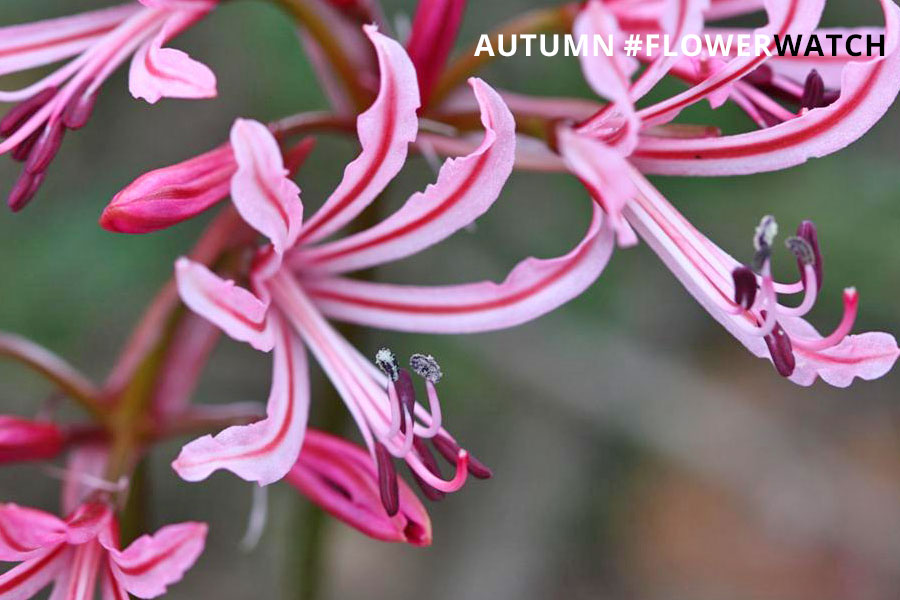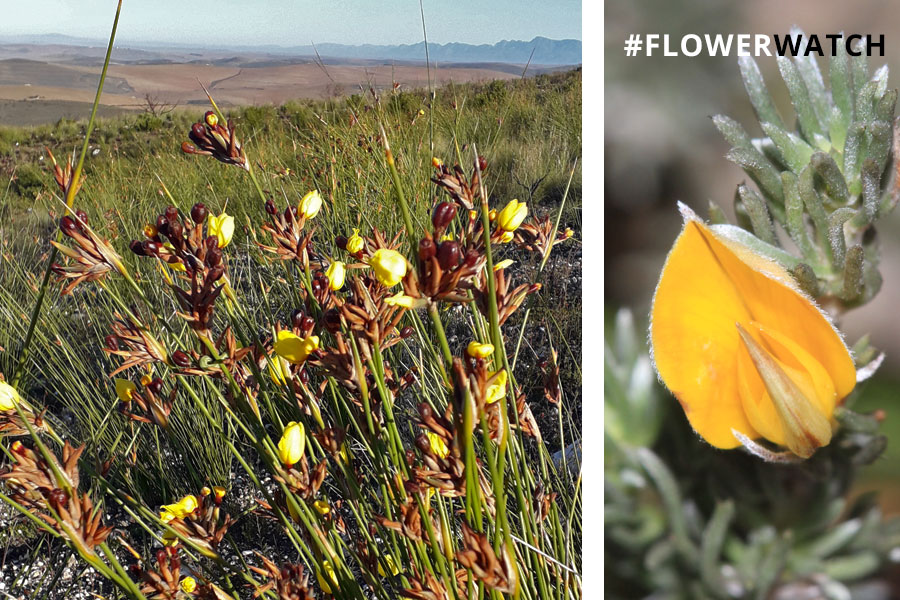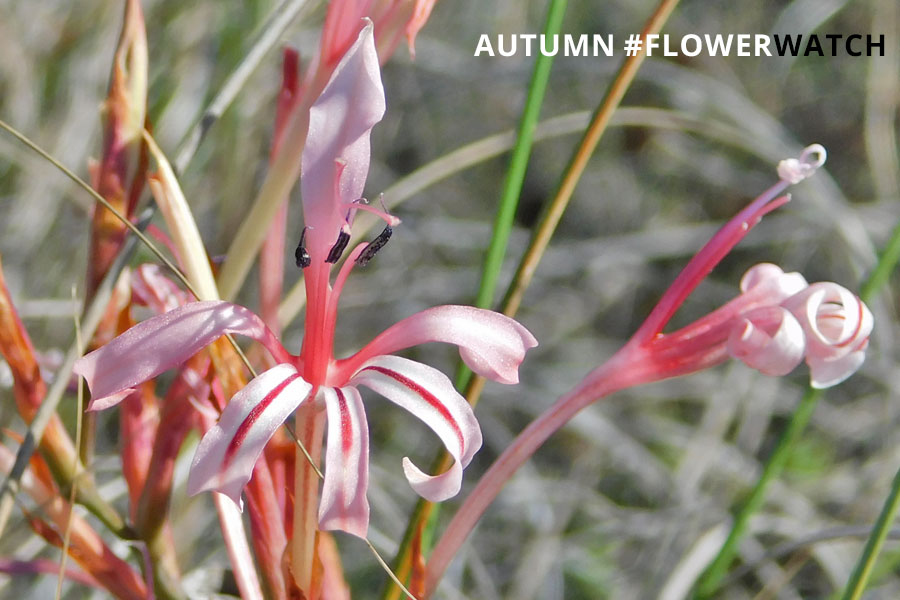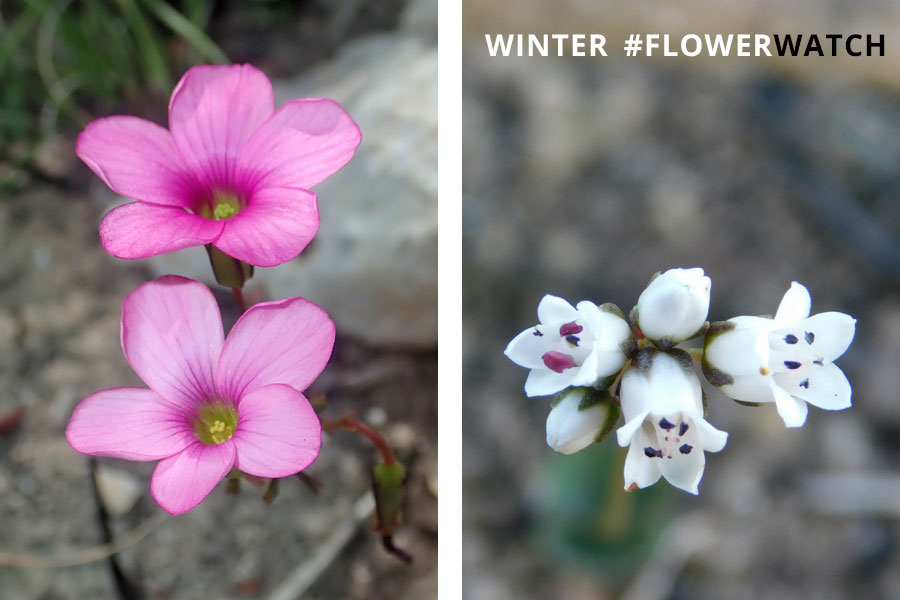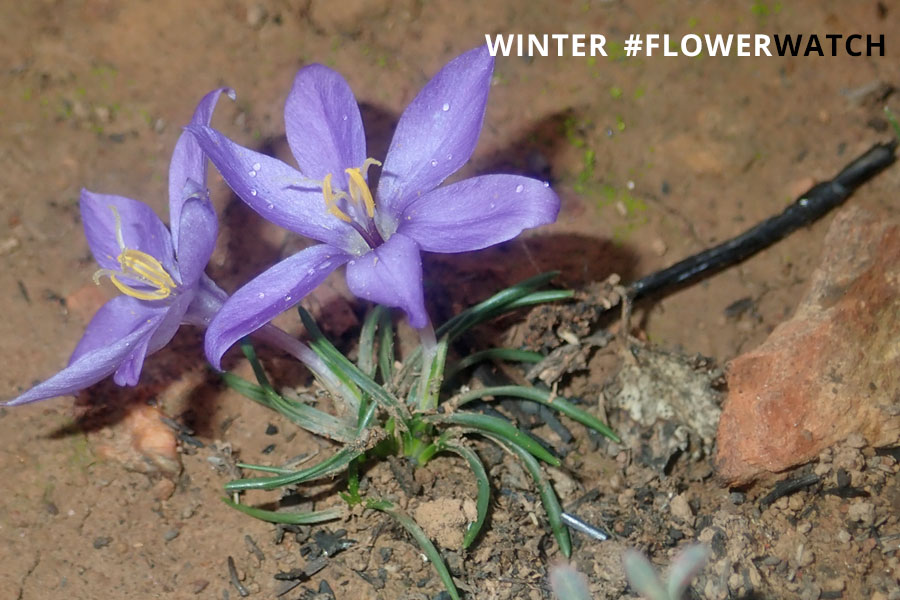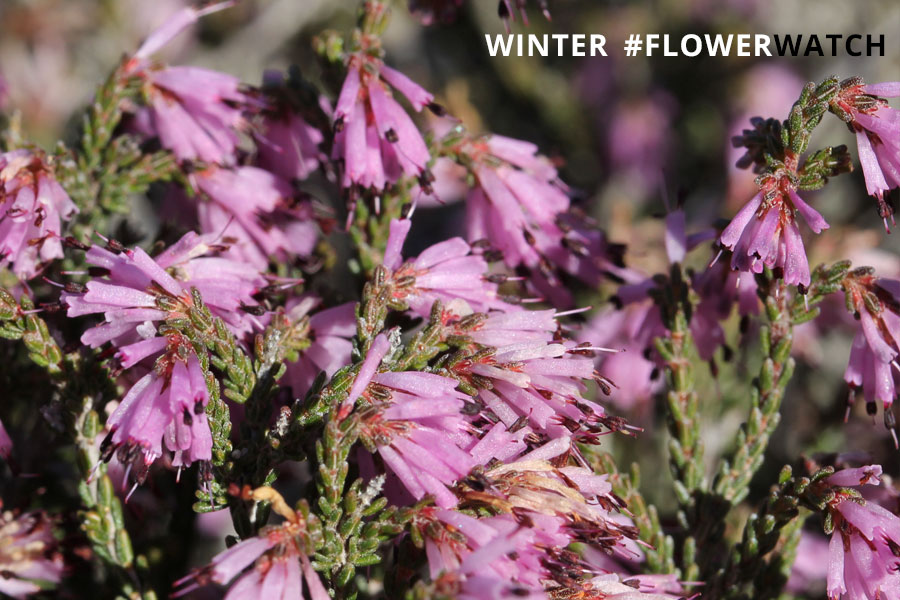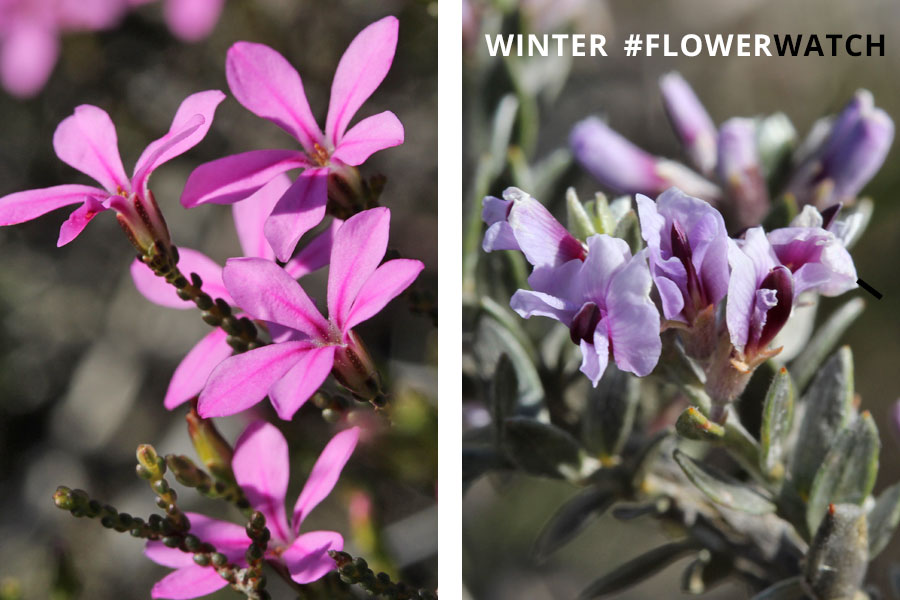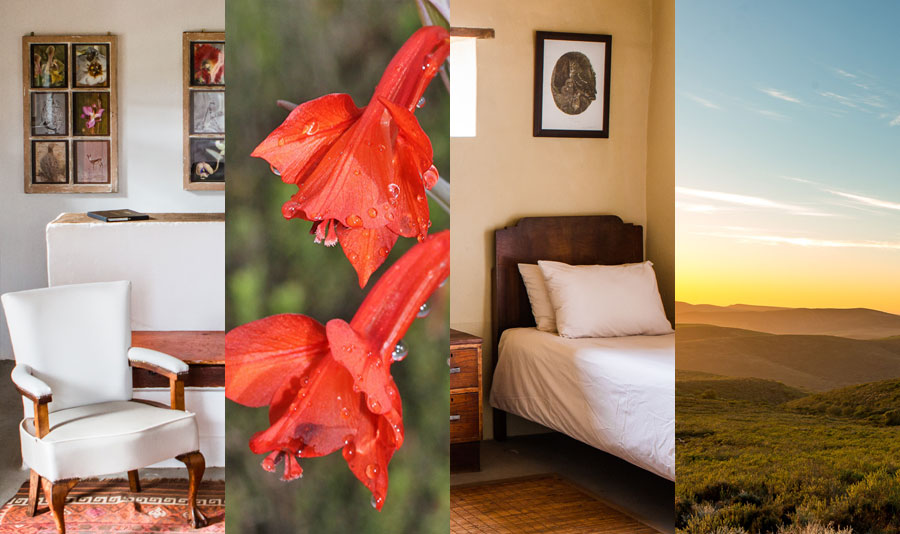It’s no secret that spring and Renosterveld go hand in hand. Come springtime, the incredible diversity of geophytes (or those plants with underground storage organs) is clear to see, as Renosterveld shows off her brilliant colours, shapes and sizes.
But it’s simply not always that easy to see flowering Renosterveld in the Overberg – given that most of the remnants of this Critically Endangered habitat are found on private land. Plant lovers certainly can’t wander onto these fragments in search of flowering bulbs without the permission of the landowner.
It’s therefore handy to have an ‘in’ with the right places, so that flower watchers can truly experience the beauty of this ‘sister’ to fynbos.
One such place is the Haarwegskloof Renosterveld Reserve.
This reserve, between Swellendam and Bredasdorp in the Overberg, is home to the largest connected stretch of Renosterveld left on Earth. It’s owned by WWF South Africa and is managed and looked after by the Overberg Renosterveld Conservation Trust.
From late August into October, the most interesting, unique and pretty Renosterveld species come out of hiding here. Some only show their faces for a day. Others are tiny, and you’ll need to go onto your hands and knees to see them.
For many gladioluses, spring is their time to shine. The Gladiolus tristis – known as the Aandblom – starts flowering along the marshy areas and stream banks on the reserve, while G. liliaceous flowers on the slopes. The Near Threatened Gladiolus teretifolius, called the Overberg Rooipypie, also appears. Look out for sunbirds when its flowering, which are known to pollinate it. You may also be lucky and see the striking red Gladiolus vandermerwei, listed as Endangered.
Most of the Moraeas in the Overberg also flower during spring. On Haarwegskloof, you’ll find, amongst others, the Moraea ciliata, Moraea fergusoniae, Moraea tripetala and Moraea unguiculata.
Proteas may be more commonly associated with fynbos. But a tiny ground protea – Protea decurrens – flowers in spring on the reserve. This Endangered, rodent-pollinated species only occurs in the Overberg on silcrete or ferricrete gravels, between Shaw’s Pass, Potberg and Langeberg. You’ll need to bend down to see them, as they’re shy and often well hidden.
Also look out for the pretty – and threatened – Acmedenia macropetala. This Dune Buchu is listed as Vulnerable on the Red List. The pretty Watsonia aletroides flowers into October, and is a gorgeous sight to see. It’s listed as Near Threatened. And some of the Spider Lilies flower between September and October, including the Wurmbea punctata. Its flowers are pretty, but don’t get too close, as their unpleasant smell is meant to attract the flies which pollinate it.
Haarwegskloof has another secret for flower watchers.
It’s not only during the springtime that you’ll be able to enjoy a variety of blooming beauties. While spring offers the most diversity, Renosterveld in the Overberg also offers a number of glorious surprises during the other three seasons.
SUMMER: A VERY SPECIAL SPECIES
During the warm summer months, there are a number of species that defy the odds and still flower during the extreme heat. The most notable on the Haarwegskloof Renosterveld Reserve is Lachenalia barbarae. In fact, this species is known to ONLY occur on this reserve, and nowhere else on Earth. It was discovered by ORCT staff in 2012 and likely eluded botanists for so long because of its strange flowering time – when few botanists monitor the veld. Today this species is listed as Critically Endangered.
AUTUMN: A BEAUTIFUL LADY SHOWS HER FACE
Autumn is truly the second spring on Haarwegskloof. More of the gladioluses emerge during the cooler autumn months, such as the threatened Gladiolus vaginatus. The Nerine humilis creates beautiful patches of bright pink on the reserve. Pretty geophytic pelargoniums such as the Pelargonium proliferum and Pelargonium dipetalum are seen flowering. And the striking yellow, beautifully scented Freesias pop up – in particular the Freesia caryophallacea, which only occurs in the Overberg and is listed as Near Threatened.
But perhaps one of the most striking flowers to emerge is the Amaryllis belladonna, flowering en masse in some of the lower-lying areas on the Haarwegskloof Reserve. It’s known as the March Lily for good reason, as it typically appears like clockwork as March looms. Belladonna means ‘beautiful lady’ – again for good reason, with these pretty pink flowers a sight not to be missed.
WINTER: KEEP YOUR EYES ON THE GROUND
The Renosterveld winter landscapes light up as carpets of Oxalis species emerge. These create masses of pink, yellow and white ground covering on the Haarwegskloof Renosterveld Reserve. Silverleaf peas also flower in winter. On the reserve, look out for Xiphotheca guthriei, an Endangered pea species that likes the clay and loam soils of Renosterveld and Lowland Fynbos.
The pretty blue-purple flowers of the Near Threatened Syringodea longituba var. violacea flower at this time. You’ll find them from Laingsburg to Bredasdorp, Riversdale and the Klein Karoo. But you’ll also have to look close to the ground, as they are only around 4 to 10 cm tall.
A reserve for all seasons
While spring is a joyous time to experience the Renosterveld, on the Haarwegskloof Renosterveld Reserve, every season offers something special. The reserve also has accommodation and therefore an opportunity to wake up immersed in nature’s peace and tranquility, followed by a walk on many of the paths on the reserve to see what’s flowering.

